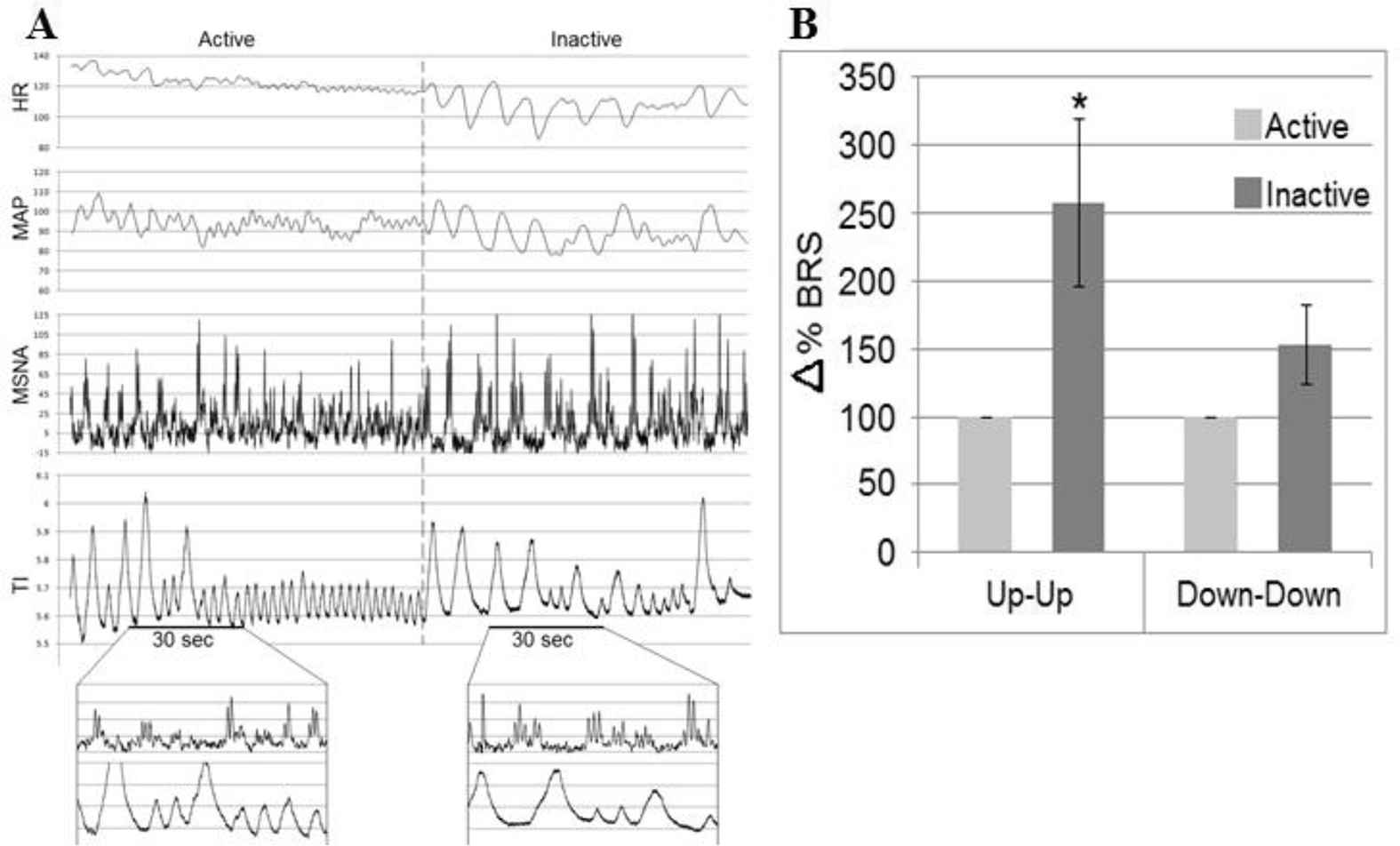OR-03 CARDIO-RESPIRATORY INTERACTIONS IMMEDIATELY FOLLOWING DYNAMIC LEG CYCLING: INFLUENCES OF THE MUSCLE PUMP
- DOI
- 10.1016/j.artres.2014.09.003How to use a DOI?
- Open Access
- This is an open access article distributed under the CC BY-NC license.
Changes in cardiorespiratory coupling during the moments immediately following prolonged exercise are not well understood and the mode of recovery during the transition to post-exercise may be important. Cardiorespiratory coupling influences the stresses put on the arterial system by oscillatory changes in cardiac output and systemic vascular resistance. We hypothesized that the cessation of muscle pump activity and the unloading of the cardiopulmonary baroreceptors during inactive recovery would allow for exacerbated oscillations in neutrally-mediated cardiovascular function and arterial control resulting in an unstable cardiorespiratory environment. To test this hypothesis, healthy subjects (n = 13, 3 female) performed 40 minutes high intensity two-legged cycling exercise followed by active and inactive recovery. Electrocardiogram (HR), beat-to-beat blood pressure (BP), thoracic impedance (Z0), respiratory frequency and muscle sympathetic nerve activity (MSNA) were continuously monitored throughout the protocol. Data analysis was performed in the minute prior to cessation of pedaling and the first minute of inactive recovery. Z0 was significantly higher during inactive vs. active recovery (57.1 vs. 55.8 units, P = 0.02; Fig. A). Respiratory coupling to HR, BP and MSNA was confirmed by signal coherence analysis (0.98, 0.98 and 0.86, respectively). Spontaneous baroreflex sensitivity was significantly increased during inactive recovery for the Up-Up reflex (2.58 fold, P < 0.05; Fig. B) and tended to be increased for the Down-Down reflex (1.53 fold, P = 10; Fig. B). We conclude that the magnitude of respiratory-induced oscillations in BP, HR, and MSNA during recovery from exercise is dependent on muscle pump induced changes in central blood volume. Greater cardiovascular sensitivity during inactive recovery may place a larger strain on the arterial system and may partially explain increased risk of sudden death following acute exercise.

Cite this article
TY - JOUR AU - Daniel W. White AU - Gilbert Moralez AU - Victoria L. Kay AU - Wendy L. Eubank AU - Peter B. Raven PY - 2014 DA - 2014/11/04 TI - OR-03 CARDIO-RESPIRATORY INTERACTIONS IMMEDIATELY FOLLOWING DYNAMIC LEG CYCLING: INFLUENCES OF THE MUSCLE PUMP JO - Artery Research SP - 164 EP - 164 VL - 8 IS - 4 SN - 1876-4401 UR - https://doi.org/10.1016/j.artres.2014.09.003 DO - 10.1016/j.artres.2014.09.003 ID - White2014 ER -
